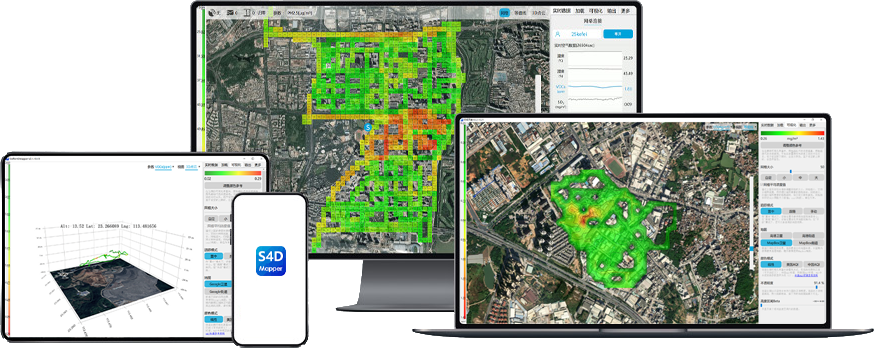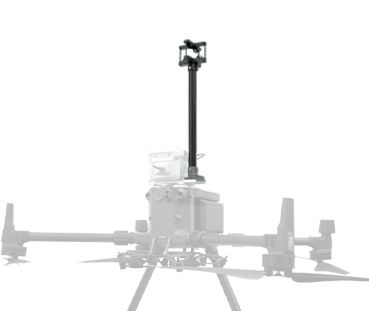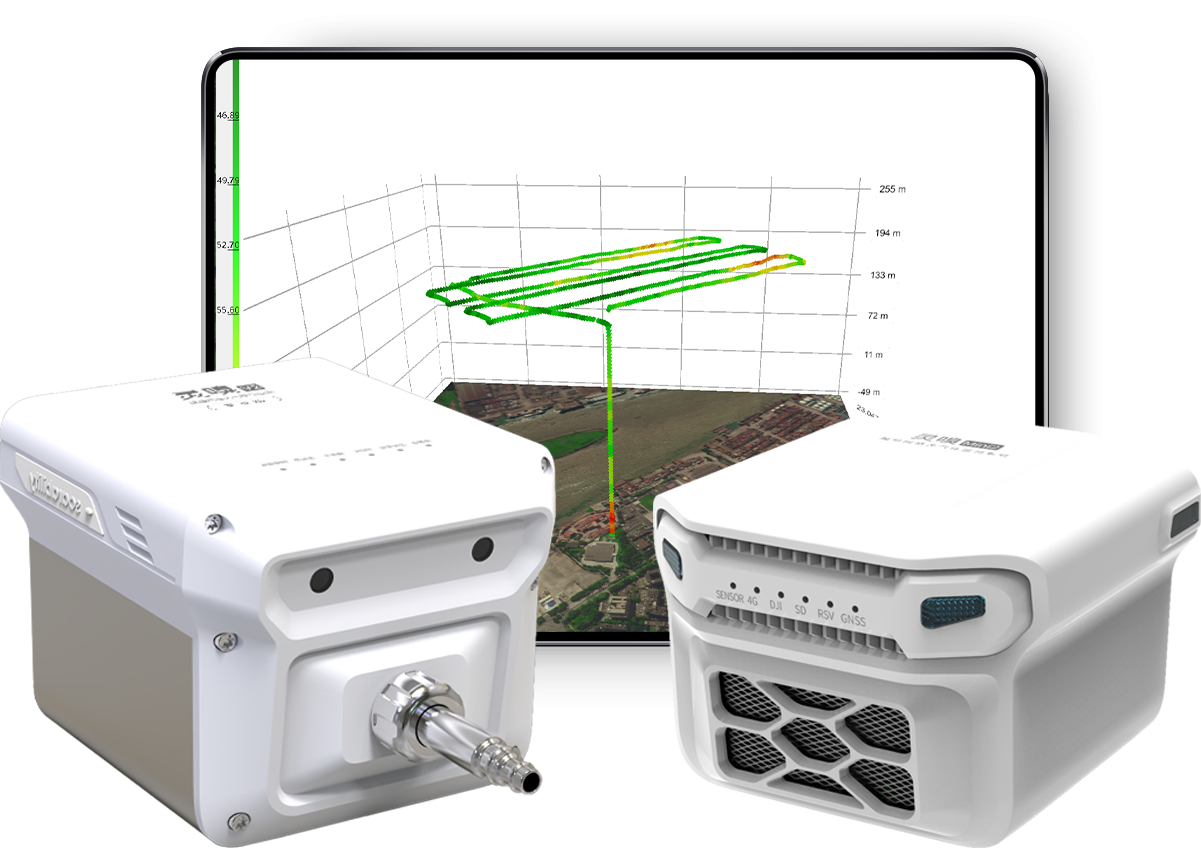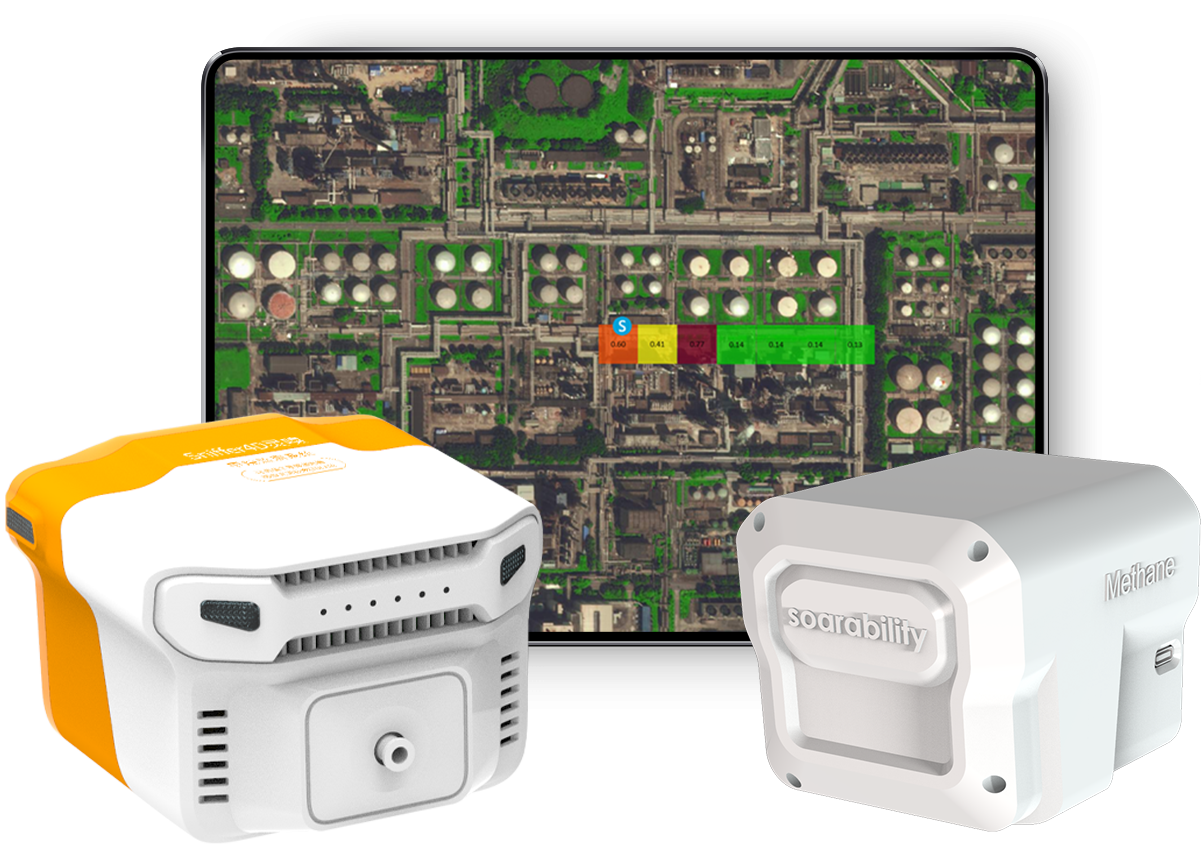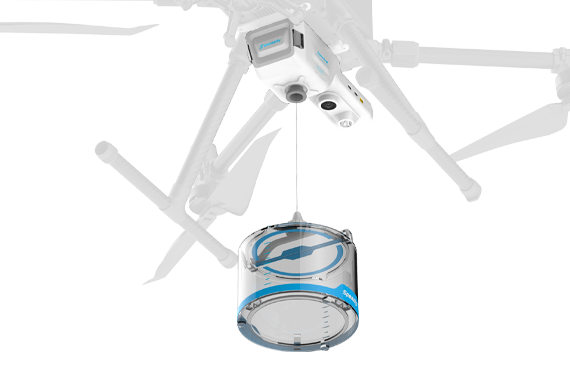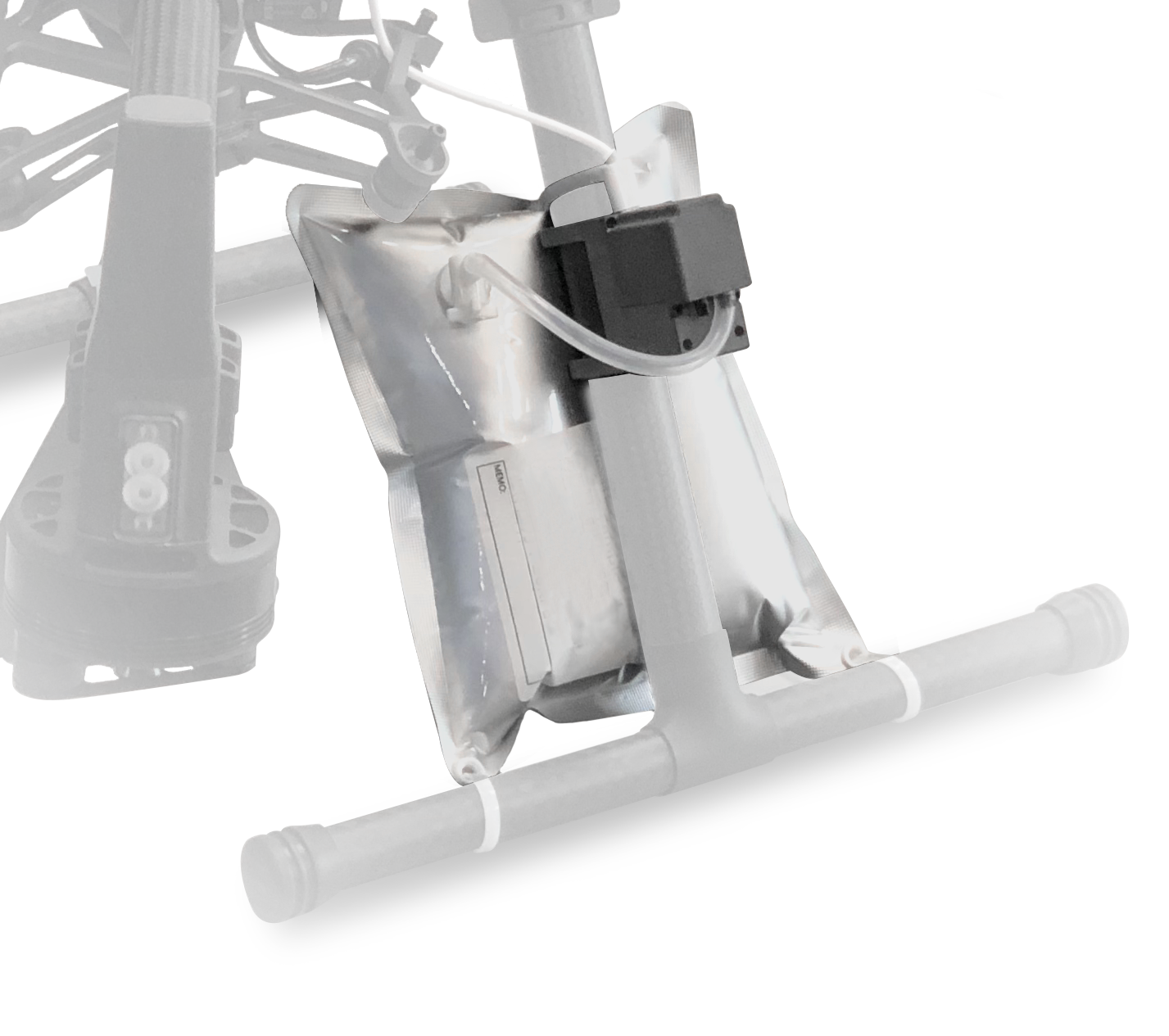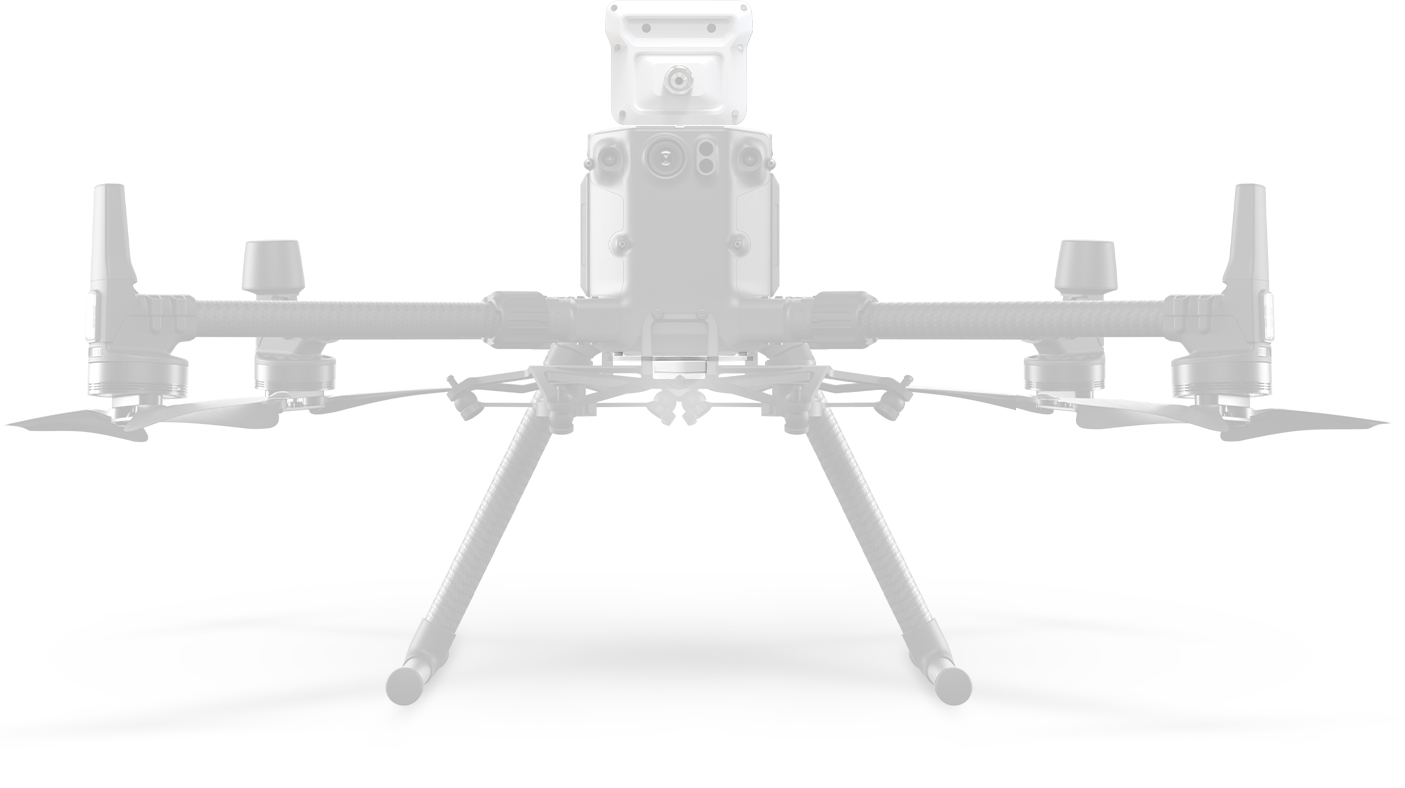Sniffer4D For O3 Exceeding Emission

"It is estimated that in the first half of July, the diffusion conditions in most parts of our country will be generally average, with the air quality being good to light pollution and the primary pollutant being O3." The China Environmental Monitoring Center made the prediction on the last day of the first half of 2020.
Current research and practical experience show that if the concentration of O3 exceeds the standard concentration, the emissions of the two precursors, NOx and VOCs should be reduced. However, when the exceeding concentration of O3 is known in a certain area, how can we narrow down the investigation scope of O3 pollution, or even locate the pollution source? How can we also determine the emission sources and the transmission characteristics of O3 precursors like VOCs? Let's take a look at two examples of the applications of Sniffer4D multi-gas detection system.
Drone-mounted & Ground vehicle-mounted Sniffer4D
Assisting Shandong EPA to solve the difficulties in environmental monitoring
In July 2020, in a city of Shandong Province, the Saiwu technical team from the University of Science and Technology of China, together with the local EPA, conducted a three-day ambush inspection of the regional unorganized emissions. The purpose of the inspection was to find out the O3 proportion in the pollution contribution and to accurately locate the source.

To ensure the effectiveness of the detection, Saiwu technical team applied both drone-mounted and ground vehicle-mounted Sniffer4D multi-gas detection system to the near-ground navigation and the high-altitude aerial survey of the target area. By collecting the sampling data (for VOCs, PMs, CO, SO2, O3, nitrogen oxides, etc.) from different times and altitudes, the accurate micro-scale emission model was created to show the pollution transmission inside the area, which provided strong evidence for analysis and decision-making.

During the monitoring process, it was found that the VOCs emissions at night by some factories had exceeded the national standard for unorganized emissions. And the concentrations of the VOCs appeared at high values at an altitude of 131 meters and a relative altitude of 50 meters, which had a great impact on the pollution diffusion and transmission within the area of 3km.


The picture above showed the high concentration of PM from the factory. By combining with the detected data of VOCs, it can be revealed that the source came from the secondary particles produced by the workshop, and the pollution was transmitted all the way to the north of the city.
Ground vehicle-mounted Sniffer4D
Assisting Yichang EPA to locate the O3 pollution source
In May 2019, the data released by the Environmental Air Quality Monitoring Data Management System in Hubei Province showed that the O3 concentration in Dianjun District of Yichang City was higher than 160µg/m³most of the time. During May to August, the Yichang Xingbang team, in cooperation with the Dianjun Branch of Yichang EPA, had been using ground vehicle-mounted Sniffer4D to monitor PM2.5, PM10 and Ox (O3+NO2) concentrations in the region. The real-time data changes displayed on the analytical software Sniffer4D Mapper had successfully helped the team locate multiple O3 pollution sources.
As the picture below showed, when the cruise car arrived at the Foreign Language Elementary School and the farmhouse near the district government, the O3 concentrations displayed on Sniffer4D Mapper far exceeded the data from the main road (140µg/m³). The O3 concentrations were 180µg/m³at the gate of the Foreign Language Elementary School, 220µg/m³at the parking lot in front of the farmhouse, and 240µg/m³near the fish pond of the farmhouse.

After on-site inspection, the crew found out that the Foreign Language Elementary School had been using diesel as the main energy for cooking, and the simultaneous operations of multiple air conditioners in the school also lead to an increase of O3 concentration in the area. On the other hand, the farmhouse had been using tap water and oxygenation equipment to increase the oxygen in the fish pond, which massively increased the O2 concentration in the nearby area, and the oxygen converted into O3 due to high temperature and ultraviolet radiation.
After discovering this phenomenon, the crew installed an online oil & fume monitoring system in the school and all the farmhouses within the area. The O3 concentration had significantly reduced after treatment.

“As we walk, Sniffer4D detects and collects the data at the same time. And the analytical software Sniffer4D Mapper can efficiently and accurately display the real-time gas concentrations in each area. Sniffer4D Mapper shows the real-time O3 concentrations wherever we go, it can detect the O3 concentrations within seconds, accurately locate high-concentration areas, and provide technical support for O3 pollution treatment.” The crew had given Sniffer4D such a comment.
Sniffer4D—Born for mobile multi-gas detection
Sniffer4D multi-gas detection system is specially designed for mobile multi-gas detection, the system contains the mobile detection unit Sniffer4D and the visualized analytical software Sniffer4D Mapper. By the integration of Sniffer4D and UAVs & ground vehicles, the system can conduct ground and air monitoring in wider areas. It can also capture and present the 3D pollution distributions at a glance, so as to quickly determine the gas type and the location of the pollution source as well as its transmission direction, providing ideas and basises for local EPA’s treatment operation.

"Technology creates miracles", "Efficiency increased by over 60 times", "Currently the most high-end in its field, realizing the full coverage of intelligent environmental inspections in the region without any blind spots"... Just as commented, Sniffer4D is contributing to the prevention and control of air pollution through its high-tech means.



